Inbox and environment News: Issue 418
August 25 - 31, 2019: Issue 418
Barge Overturned Off Mackerel: There Has Been Minimal Environmental Impact Due To Hard Work Of Volunteers
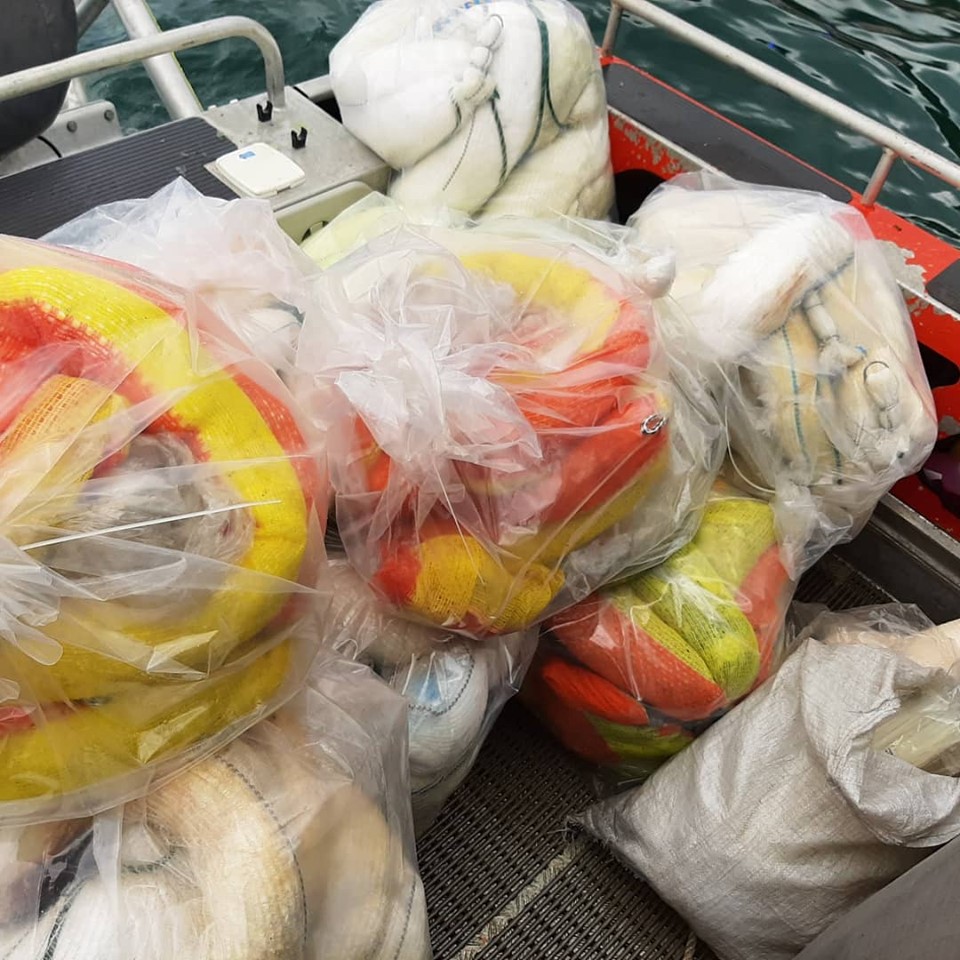
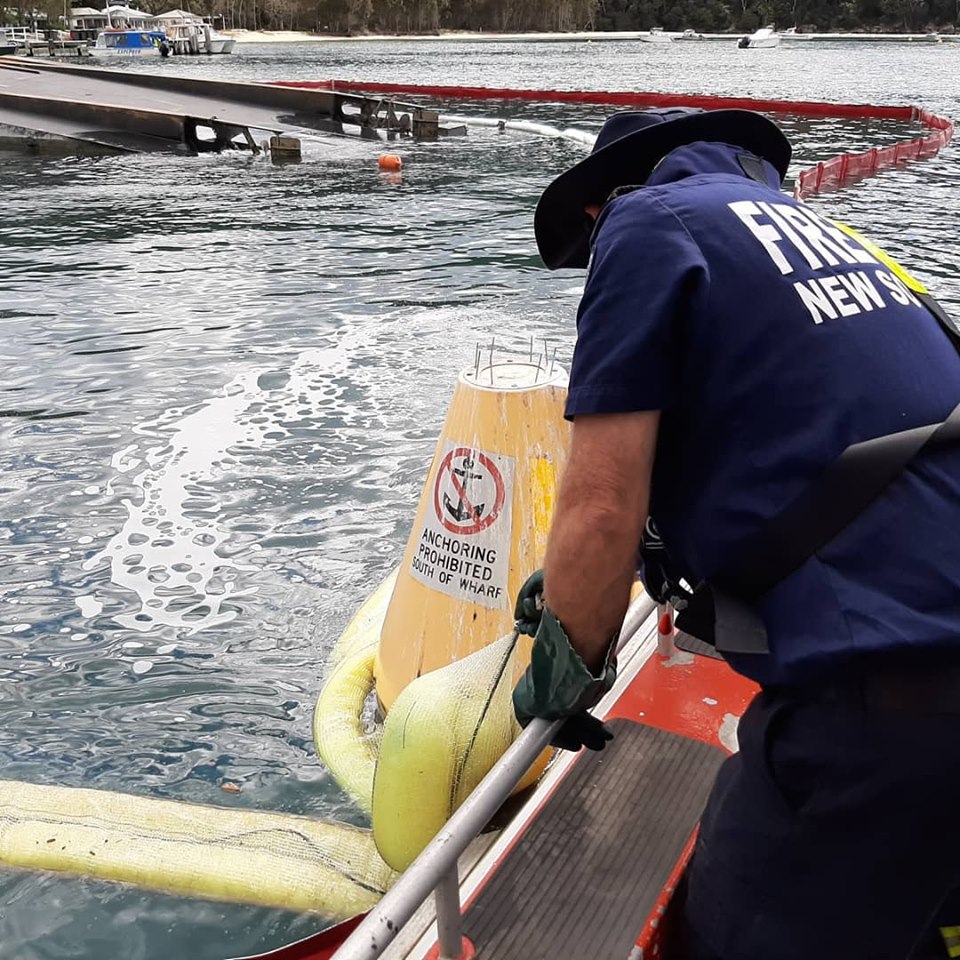
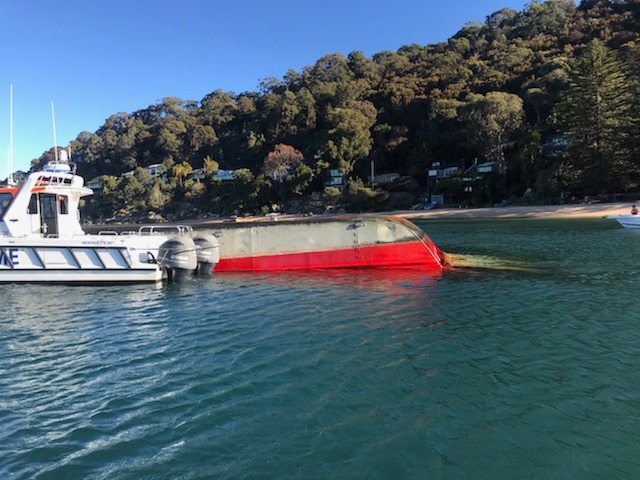
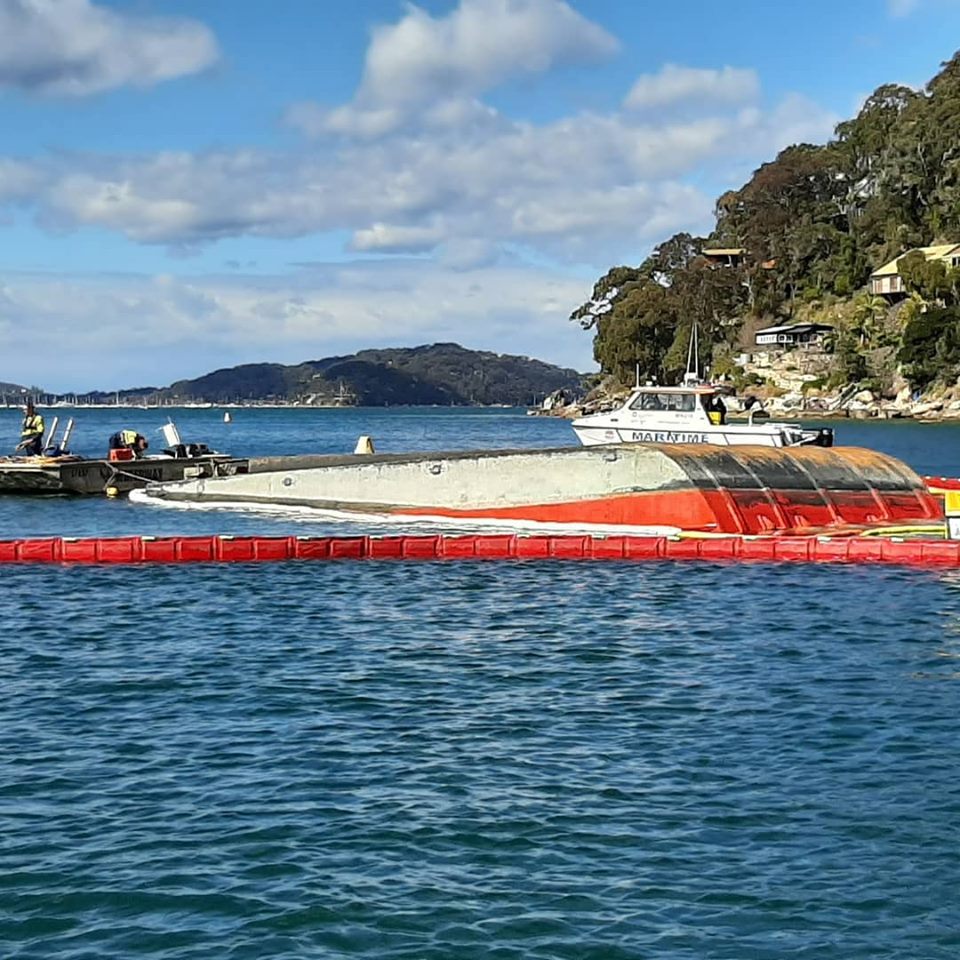
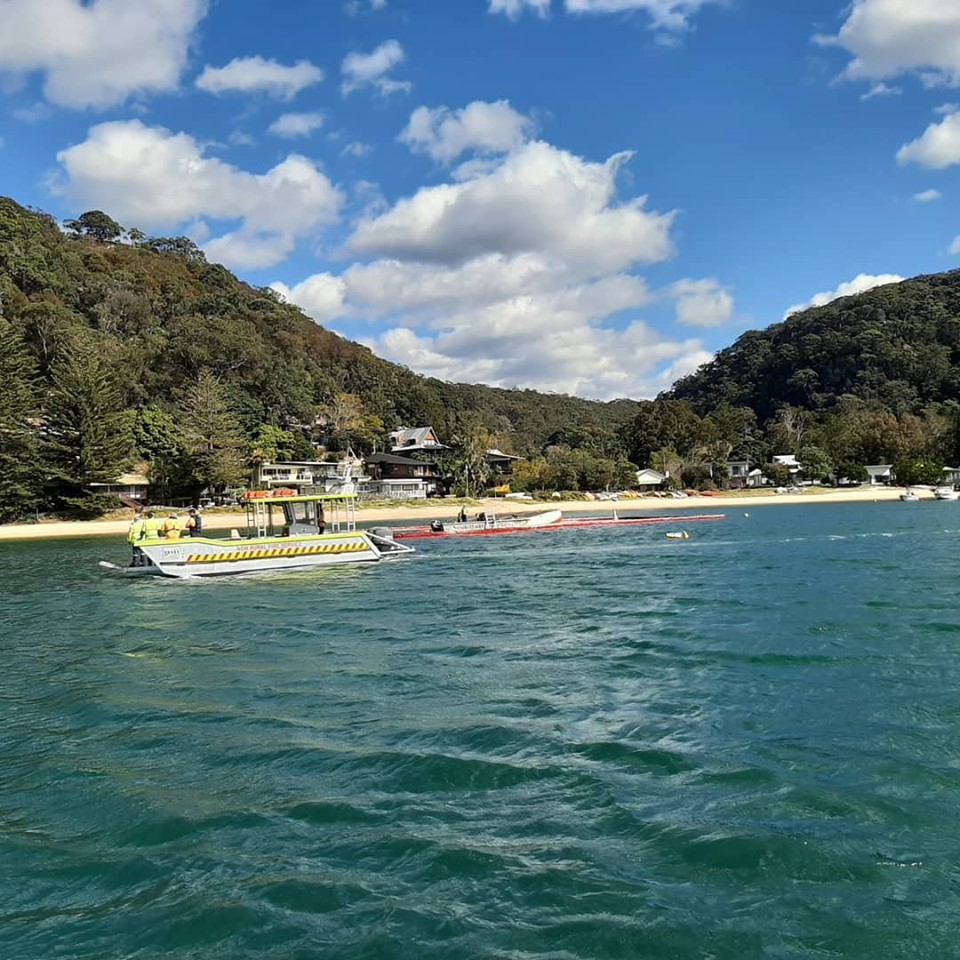
Bushfire At Longnose Point: First For 2019-2020 Season
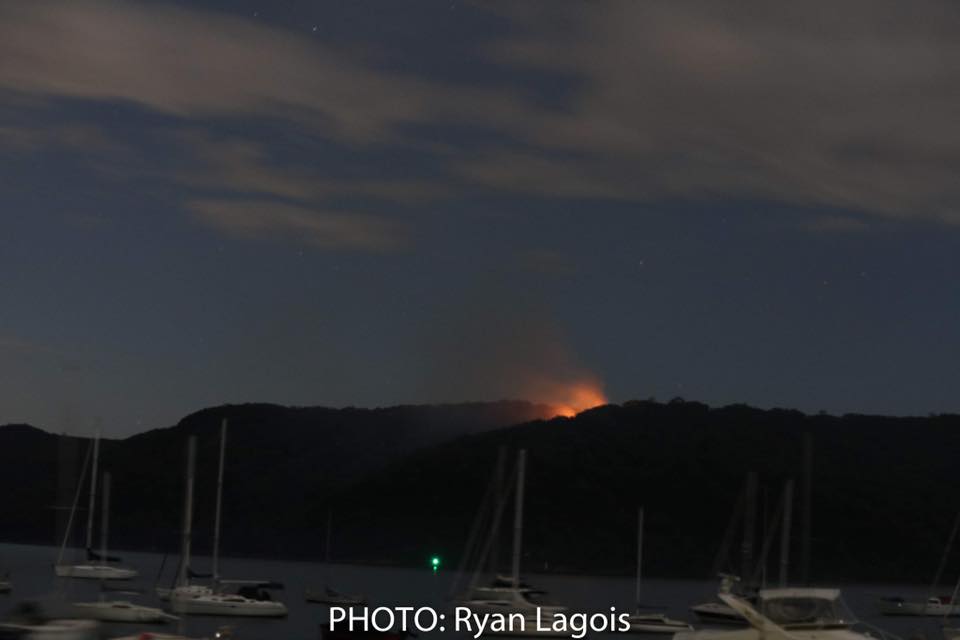
White’s Seahorse (Hippocampus Whitei) Swimming On Sponge Habitat: A Pittwater Estuary Delight!
Published by the NSW DPI - August 2019
The White’s Seahorse (Hippocampus whitei) is an endangered species. It is named after John White, Surgeon General to the First Fleet, and is one of four species of seahorses known to occur in NSW waters. Favouring shallow-water estuarine habitats, it is currently known to occur in nine estuaries on the NSW Coast, including Pittwater, but is most abundant in Port Stephens, Sydney Harbour and Port Hacking. Its northern limit is Hervey Bay in Queensland and it has been historically recorded as far south as St Georges Basin in NSW. White’s Seahorse has experienced large population declines over the past two decades as a result of the loss of natural habitats across its range. This White’s Seahorse was filmed in Port Stephens, NSW, by Dave Harasti.
Dave's thesis, published in September 2014, recorded finding 7 of these delightful creatures in the Pittwater estuary.
Central Coast's Vales Point Air Pollution Exceeds World Health Organisation Pollution Standards Six Times
- There were six days in 2018 in Wyee when the sulfur dioxide levels in the air breached the World Health Organisation guideline. [1]
- Australia’s SO2 standard is 11-times weaker than that recommended by the WHO.[2]
- 87% of sulfur dioxide in the NSW Greater Metropolitan Region comes from coal fired-power stations, two of which are on the shores of Lake Macquarie. [3]
- High SO2 levels are associated with low birthweight in newborns, respiratory disease and premature death. [4]
- Australia’s state and federal environment ministers are currently reviewing Australia’s SO2 standards but have proposed a new standard that is still 2.5 times weaker than the World Health Organisation guideline. [2]
- Sulfur dioxide emissions can be reduced by 96% by coal power stations installing pollution control devices called “Flue Gas Desulfurisation”. This technology is required in many countries, including the USA and Europe, but not in Australia. [5]
- The Wyee air quality monitoring station is operated by Delta, the owners of Vales Point Coal-Fired Power Station, a major emitter of SO2.
Aussie Bread Tags Collection Points

Muogamarra Nature Reserve Open Season
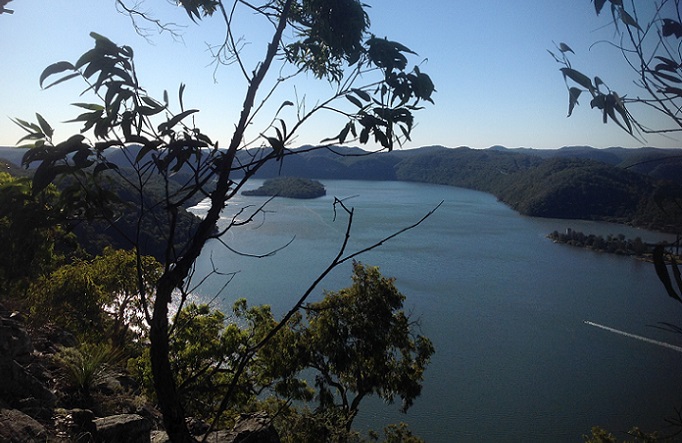
Mona Vale Beach Clean
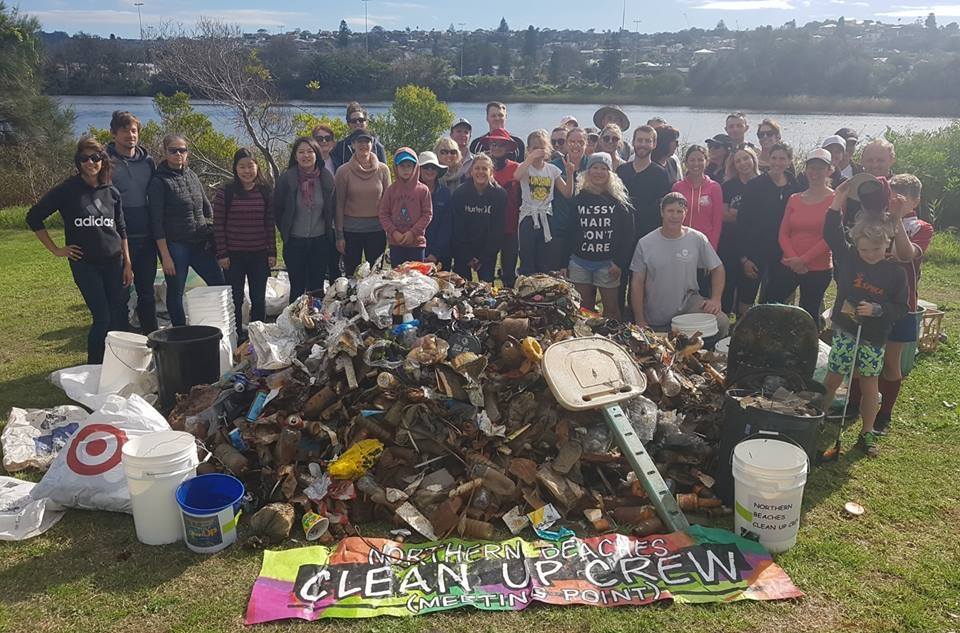
Spring Fair
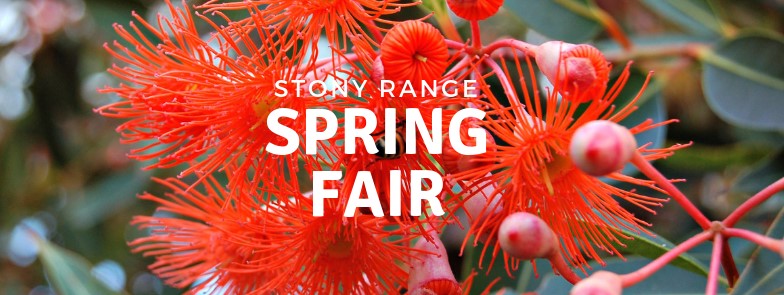
Mona Vale Garden Club's 48th Spring Flower Show
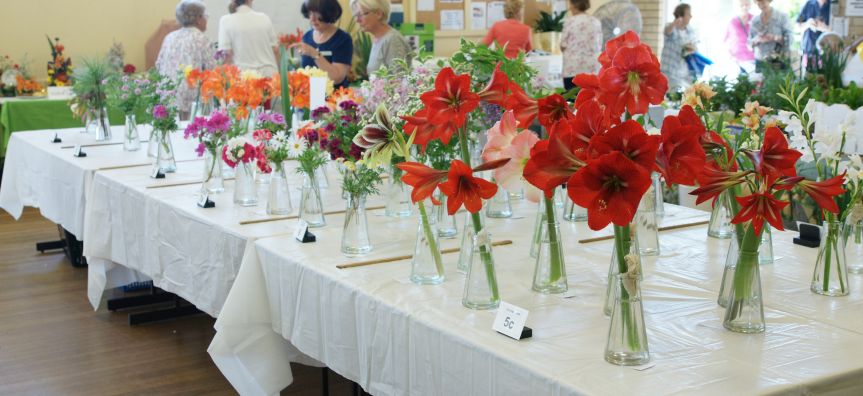
SeaWeek: Celebrating The Sea
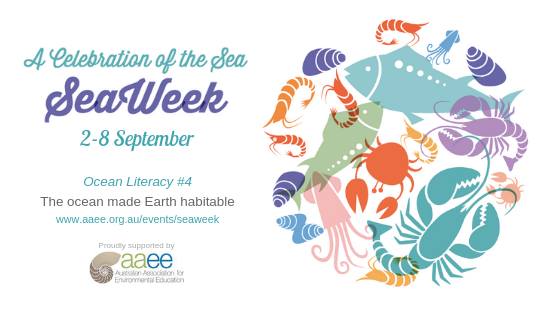 SeaWeek is Australia’s annual celebration of the sea. Since 1988, SeaWeek has encouraged community awareness and appreciation for marine and coastal environments. Each year is a different theme, providing educators with specific messages and avenues through which to engage people in learning about and enjoying the ocean.
SeaWeek is Australia’s annual celebration of the sea. Since 1988, SeaWeek has encouraged community awareness and appreciation for marine and coastal environments. Each year is a different theme, providing educators with specific messages and avenues through which to engage people in learning about and enjoying the ocean.- Most of the oxygen in the atmosphere originally came from the activities of photosynthetic organisms in the ocean. This accumulation of oxygen in Earth’s atmosphere was necessary for life to develop and be sustained on land.
- The first life is thought to have started in the ocean. The earliest evidence of life is found in the ocean.
- The ocean provided and continues to provide water, oxygen and nutrients, and moderates the climate needed for life to exist on Earth
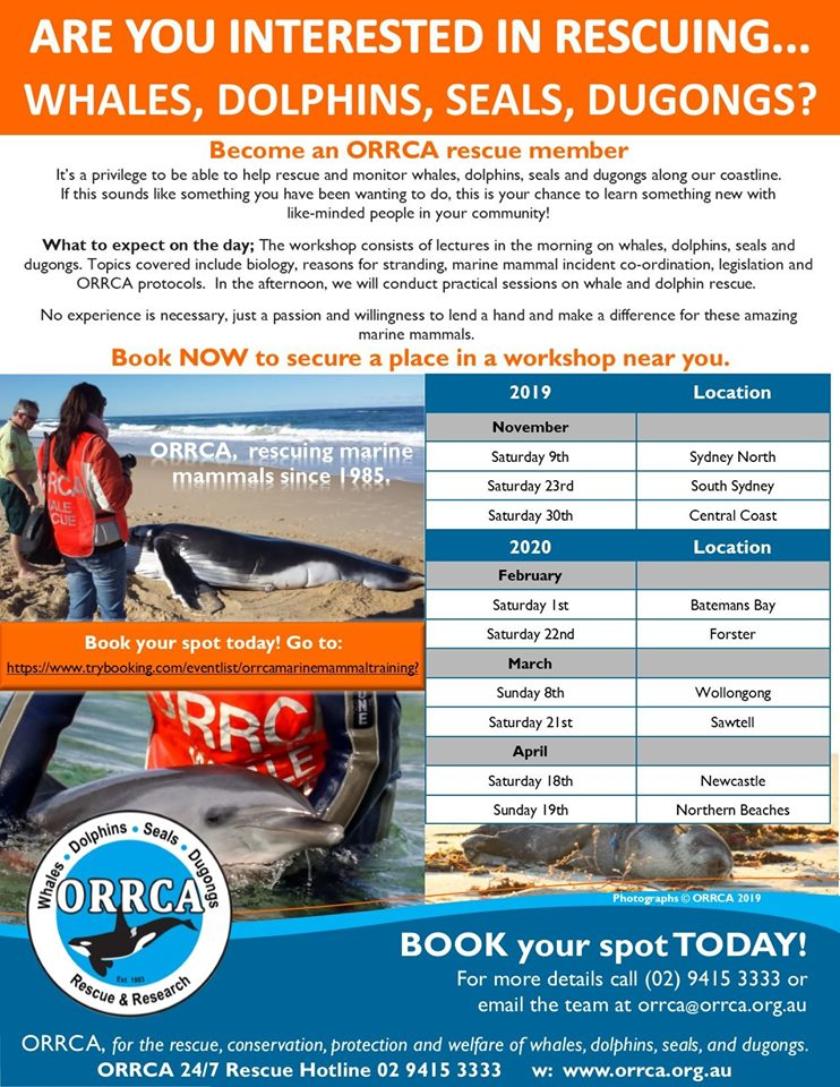
National Parks Logging Deal Undermines Nature Conservation Across The State
Hollow Words Are Cold Comfort For Thirsty Rural Communities
Whitehaven Outbidding Farmers For Water Again
Barrenjoey Seal Colony Growing
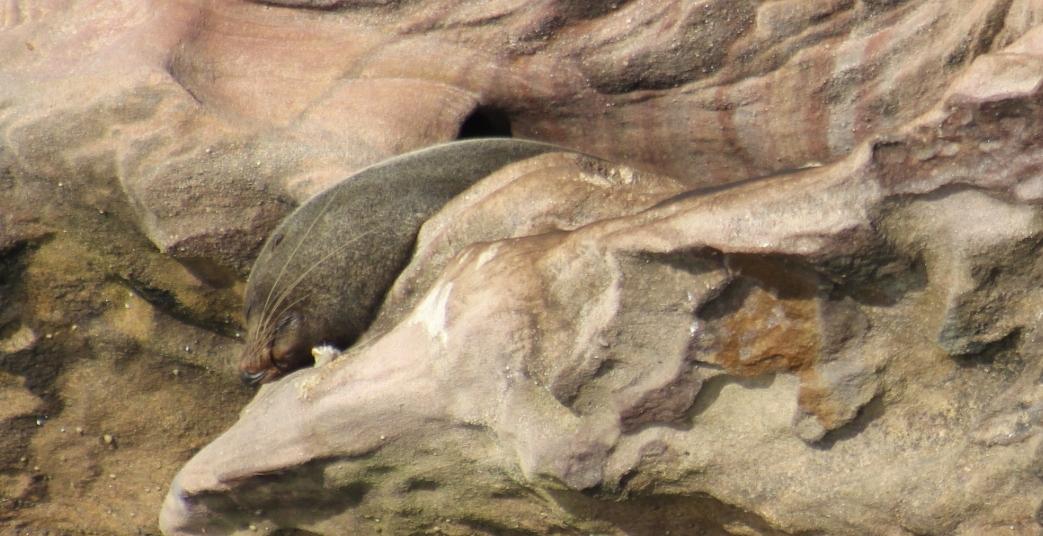
Catch A Glimpse Of A Humpback Whale
Visit a coastal NSW national park to spot a humpback whale, as they start their annual migration north.
From May to November 2019, over 30,000 humpback whales will migrate from the cold waters of Antarctica to the warmer waters off north east Australia to mate and give birth before heading south again.
Vantage spots for whale watching include national parks with lookouts, headlands and foreshores.
Southern right and minke whales may also be spotted off the NSW coast during migration season.
Keen whale-watchers can download the free Wild About Whales mobile app, which helps users find the best locations for spotting whales, get real-time notifications of nearby sightings, and record their sightings.
Environment Minister Matt Kean said the app is a great tool for the whole family to learn more about whales, while also contributing to a citizen science project.
“Citizen science volunteers and other organisations such as ORRCA do an amazing job of monitoring the number of whales migrating along the NSW coast each season,” Mr Kean said.
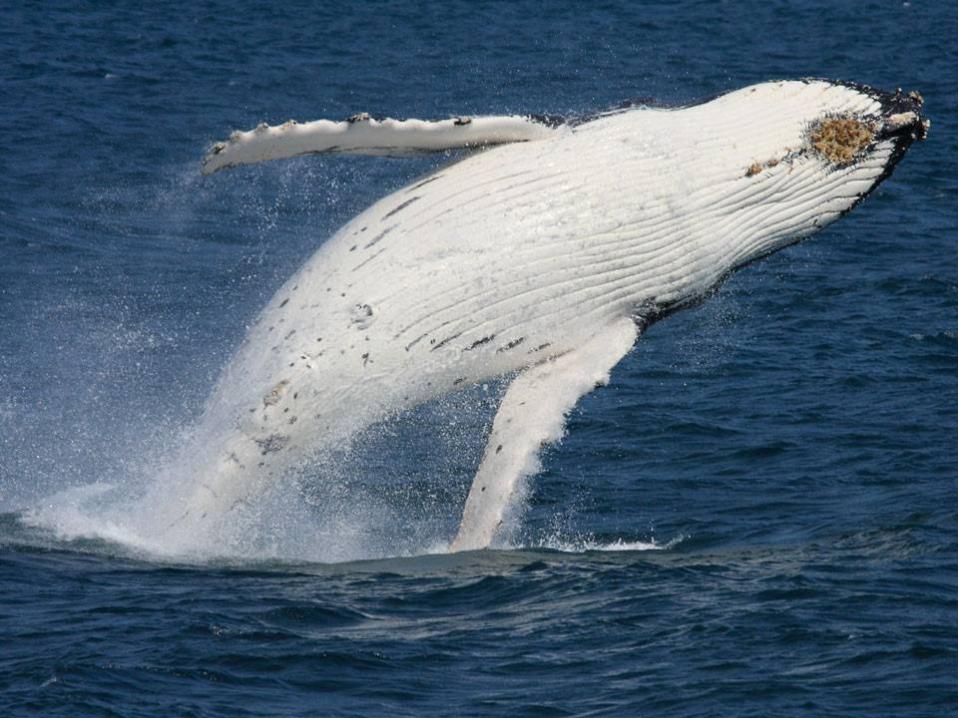
Archie's Pittwater Clean Up
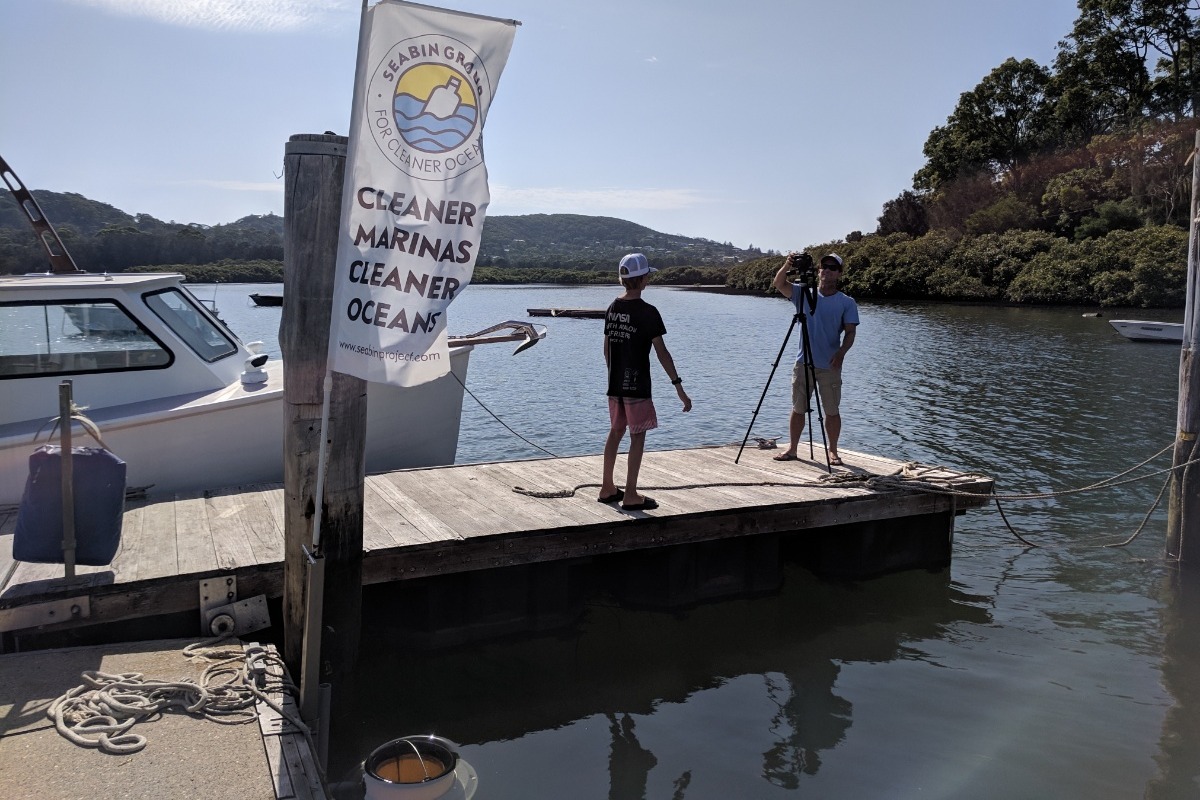
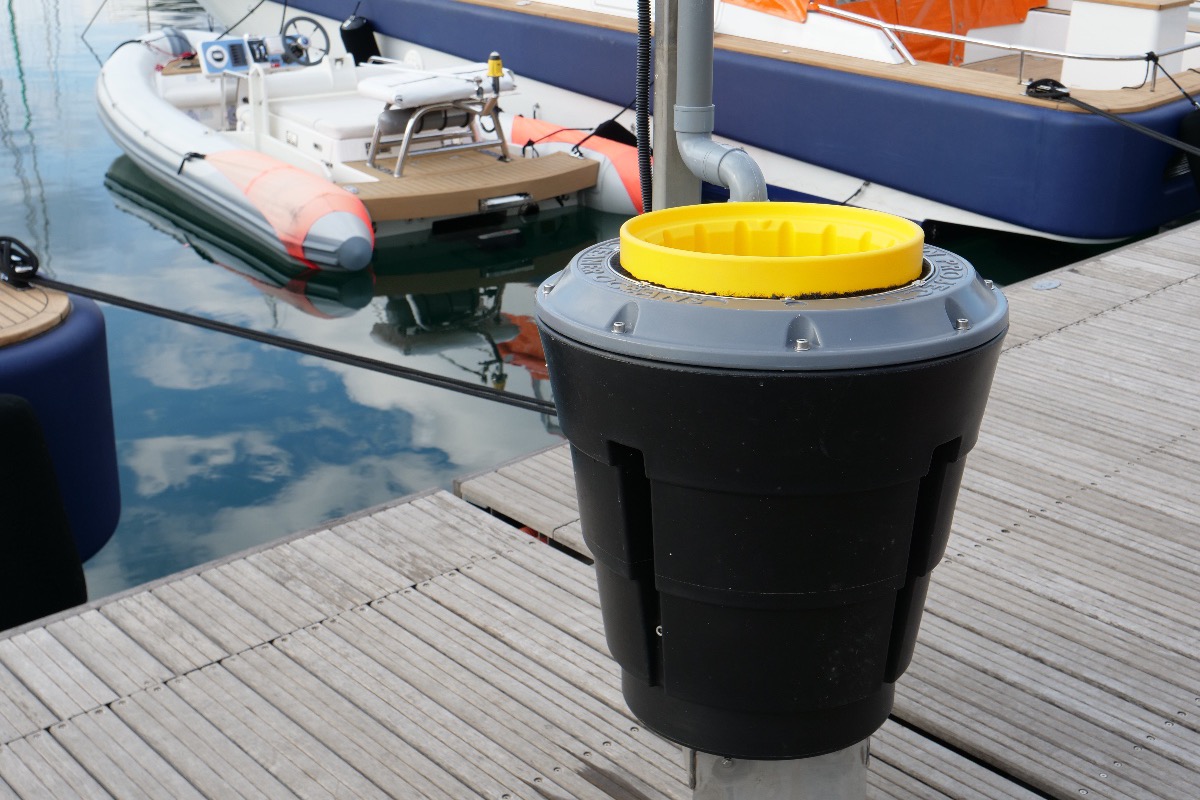
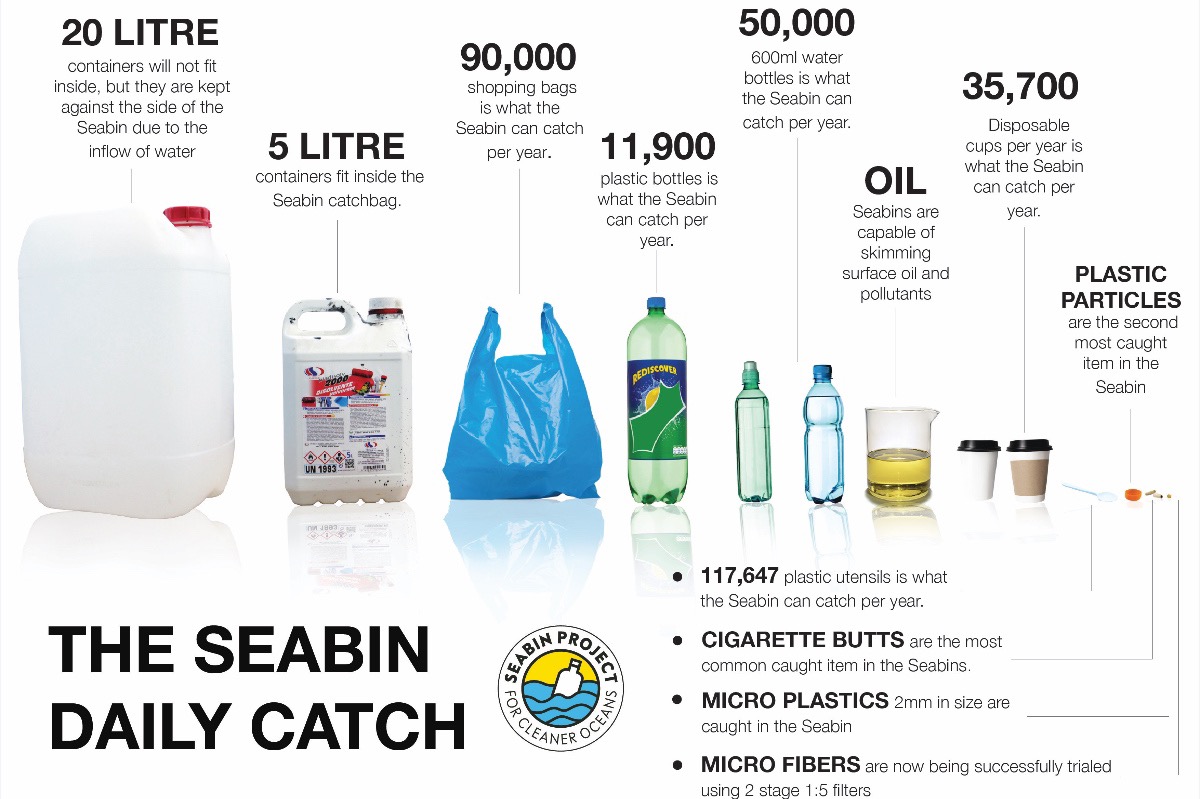
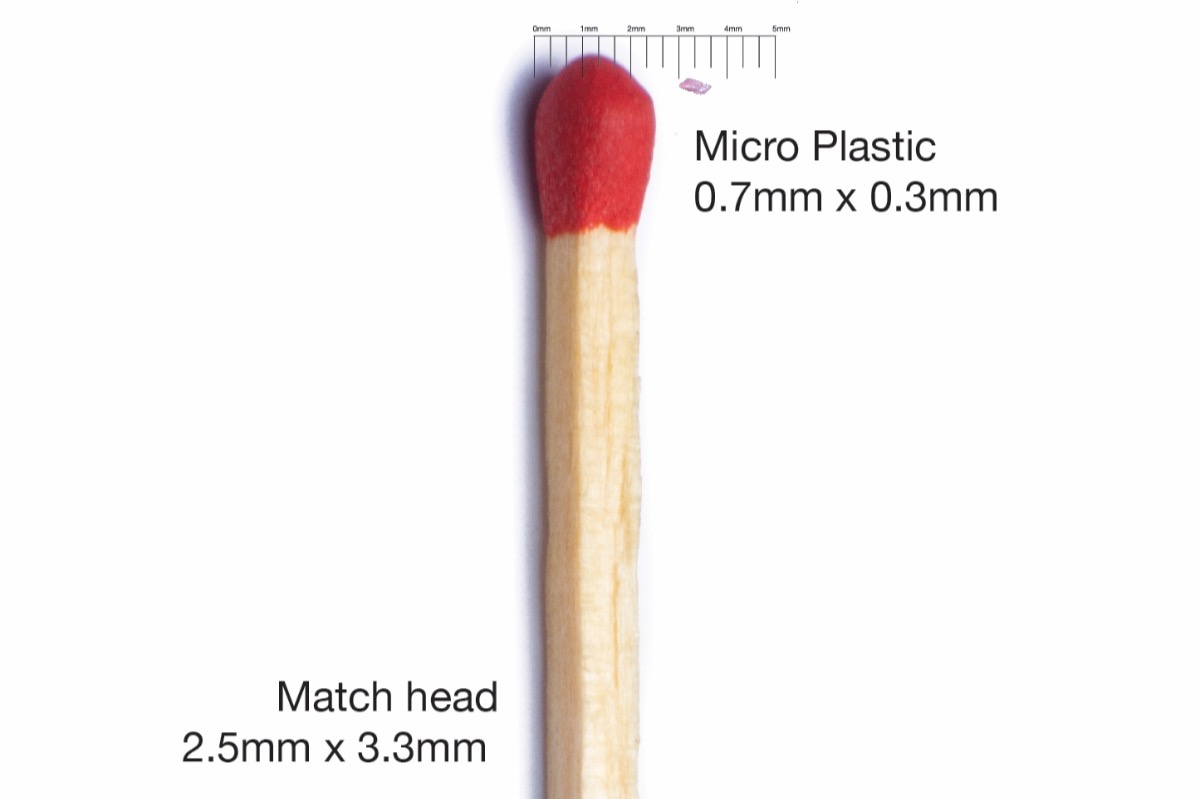

FAQS SHEET
Seabin Project FAQs
Stardust In The Antarctic Snow
NSW Hospitals Providing More Care To Young People
Materials That Can Revolutionise How Light Is Harnessed For Solar Energy
Actuaries Institute Green Paper Urges Retirement Reform
- simplifying the Age Pension, better integrating it with superannuation and aged care;
- addressing anomalies created from exempting the family home from Age Pension means testing;
- embedding automatic adjustments in the superannuation preservation age and the Age Pension eligibility age to reflect changes in longevity (although not necessarily in a one-for-one manner);
- setting targets for government expenditure for support in retirement;
- addressing tax and aged care funding anomalies; and
- co-ordinating policies for support in retirement.
Tackling The Complex Issue Of Elder Financial Abuse
National Seniors’ Response To Green Paper On Retirement Income
Mental Health Services In New South Wales The Focus Of New Report
South Korean Community Urged To Be Alert For Hepatitis A
- going to the toilet
- touching soiled linen or items or changing nappies
- before preparing or eating food.
Transplants To Help Save Koalas
Disclaimer: These articles are not intended to provide medical advice, diagnosis or treatment. Views expressed here do not necessarily reflect those of Pittwater Online News or its staff.